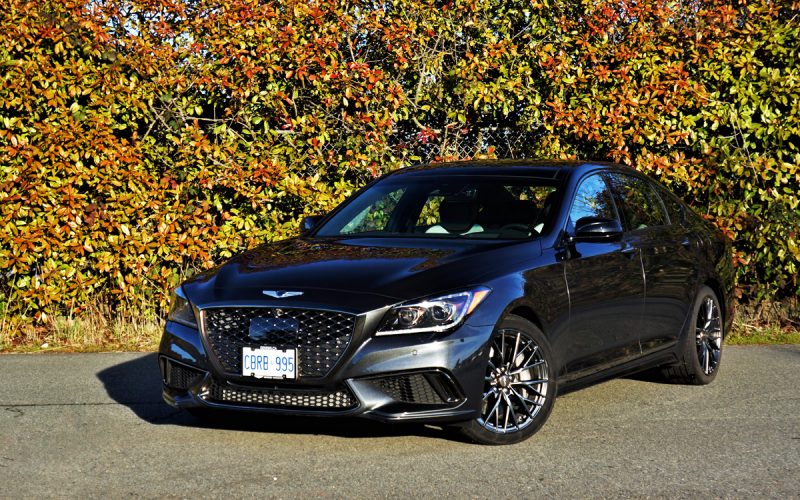
Reading Time: 13 minutesIf you were smart enough to purchase a 2015-2016 Hyundai Genesis Sedan back when it was
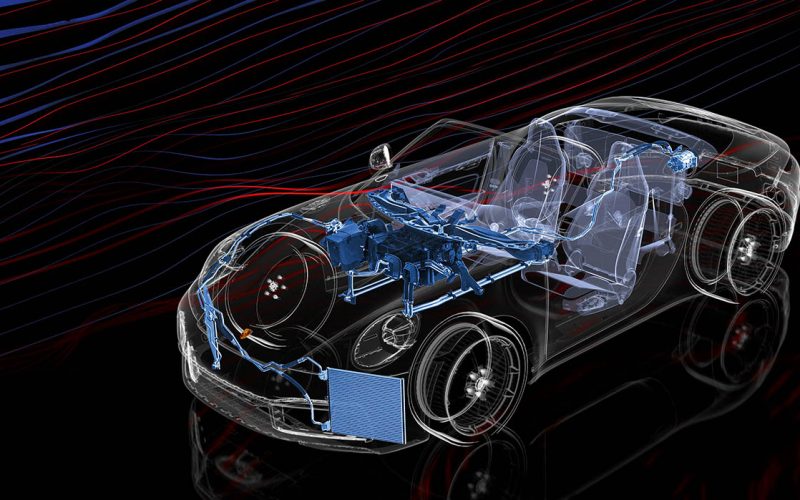
Reading Time: 2 minutesLooking at today’s Porsche 911 makes it hard to believe its predecessors once used no-draft windows
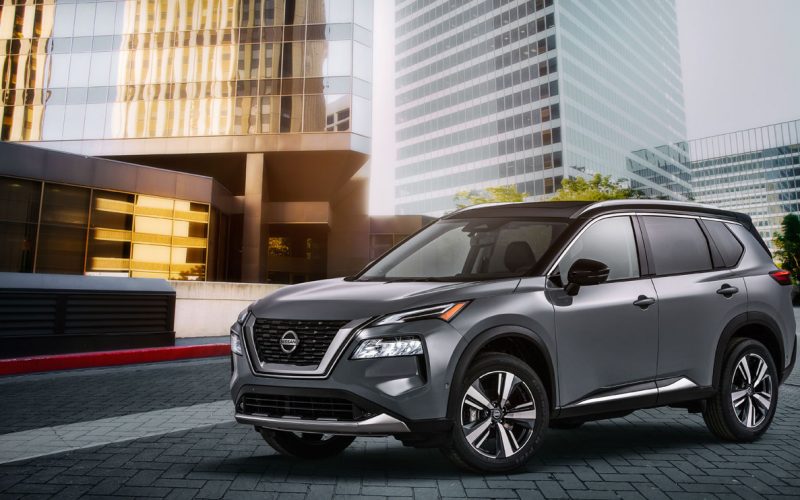
Reading Time: 8 minutesNissan has taken a cue from Toyota’s best-selling RAV4 by toughening up the look of its
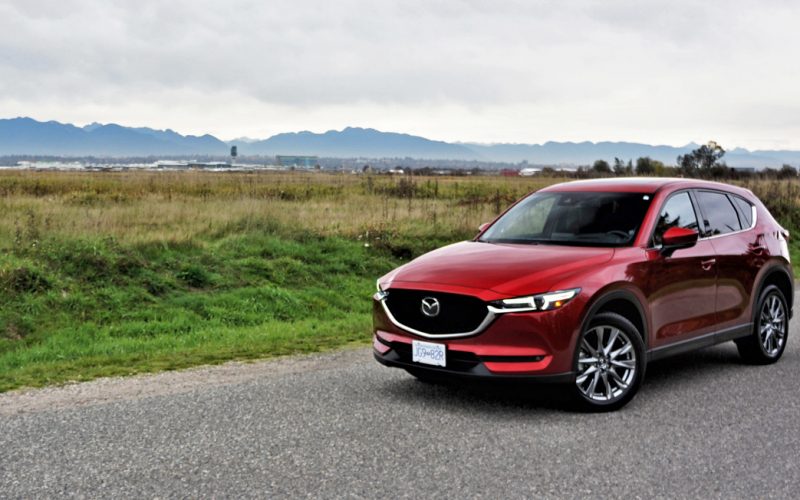
Reading Time: 10 minutesAnticipation. Sometimes it’s better than the real thing. Just think back to someone you fell head
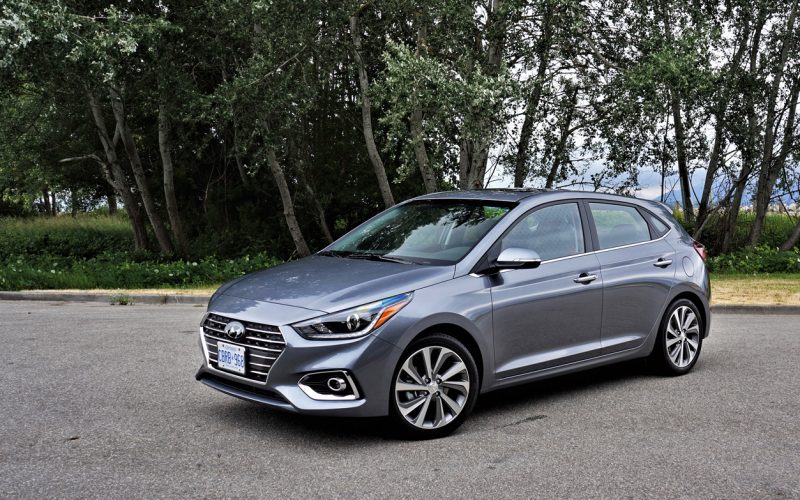
Reading Time: 12 minutesHyundai’s popular Accent hasn’t changed all that much since generation-five was introduced for the 2018 model
© 2025 The Car Magazine. All Rights Reserved, Privacy Policy | Terms of Use